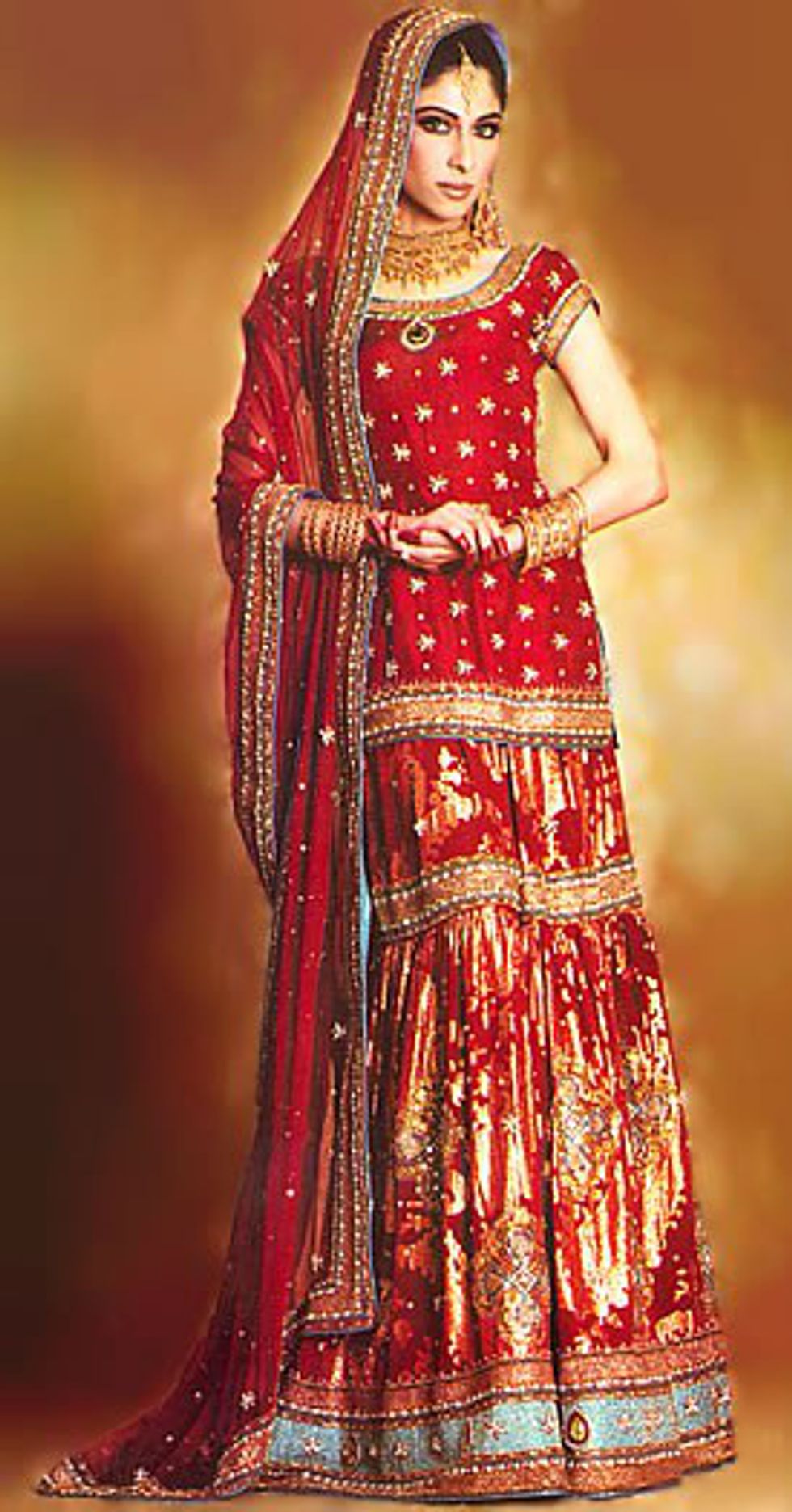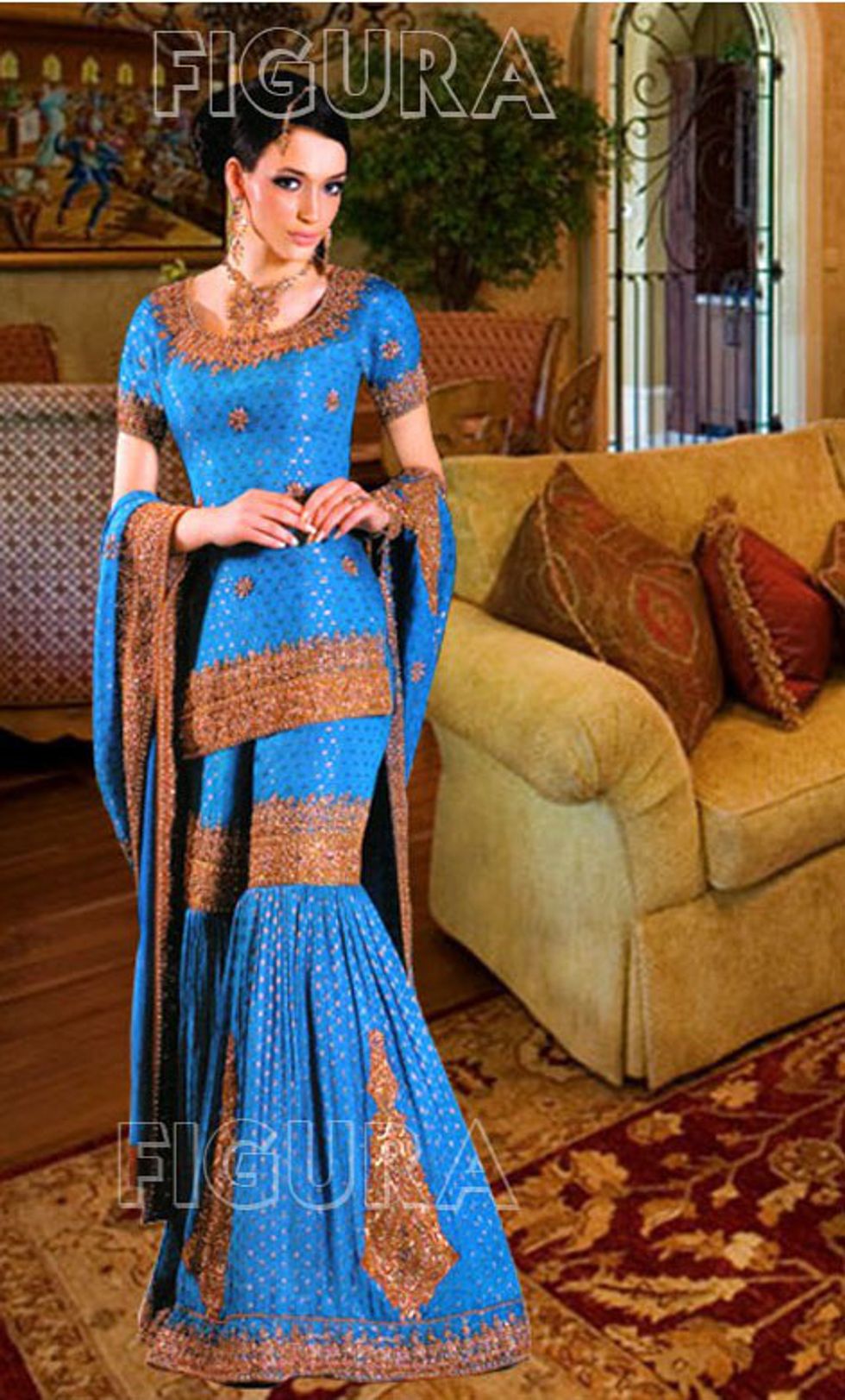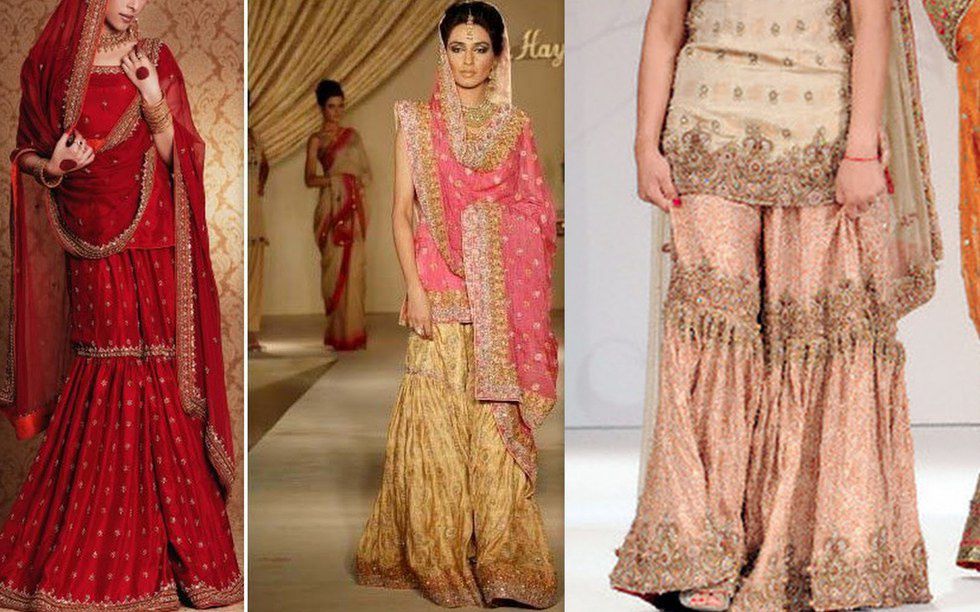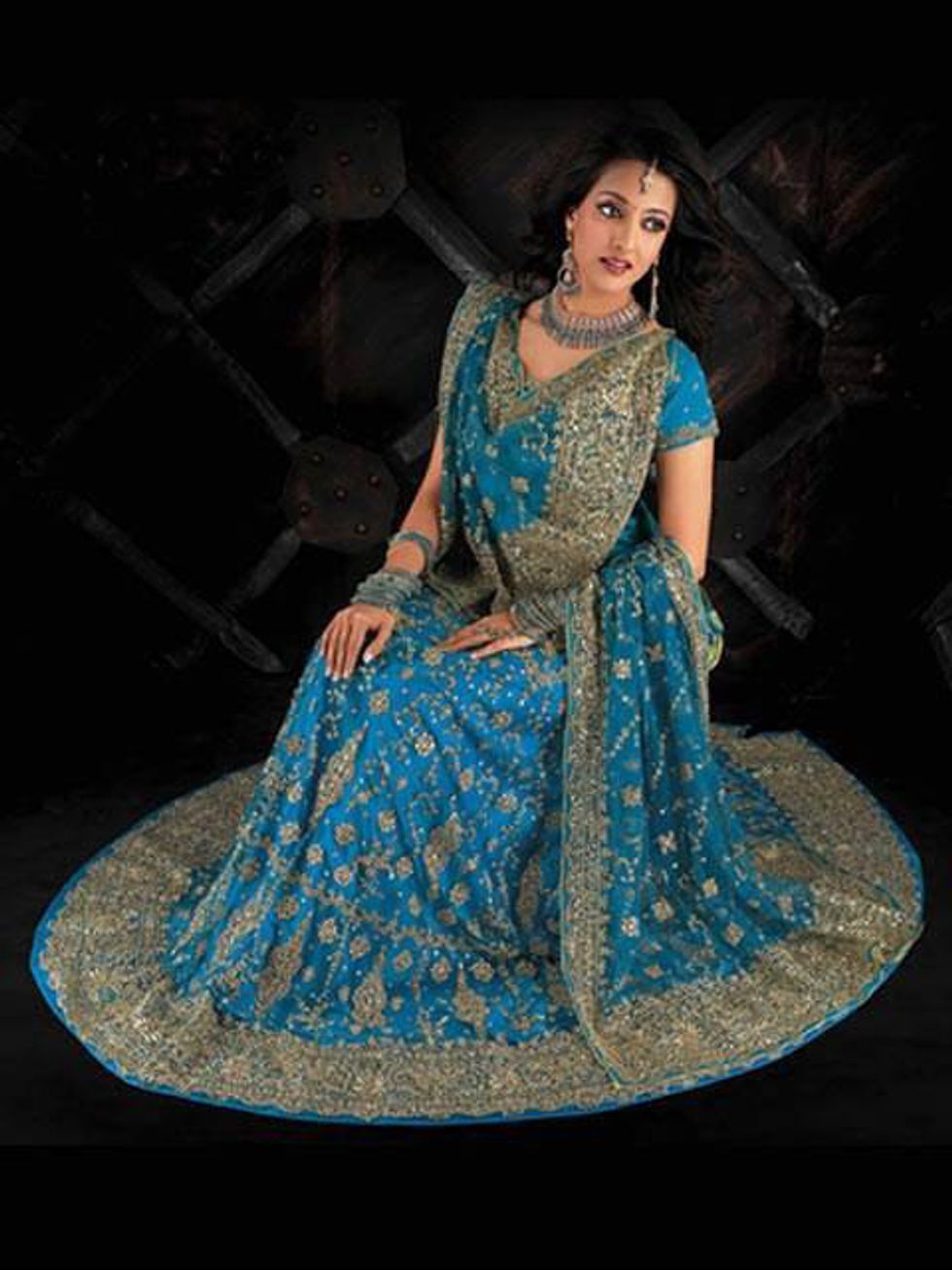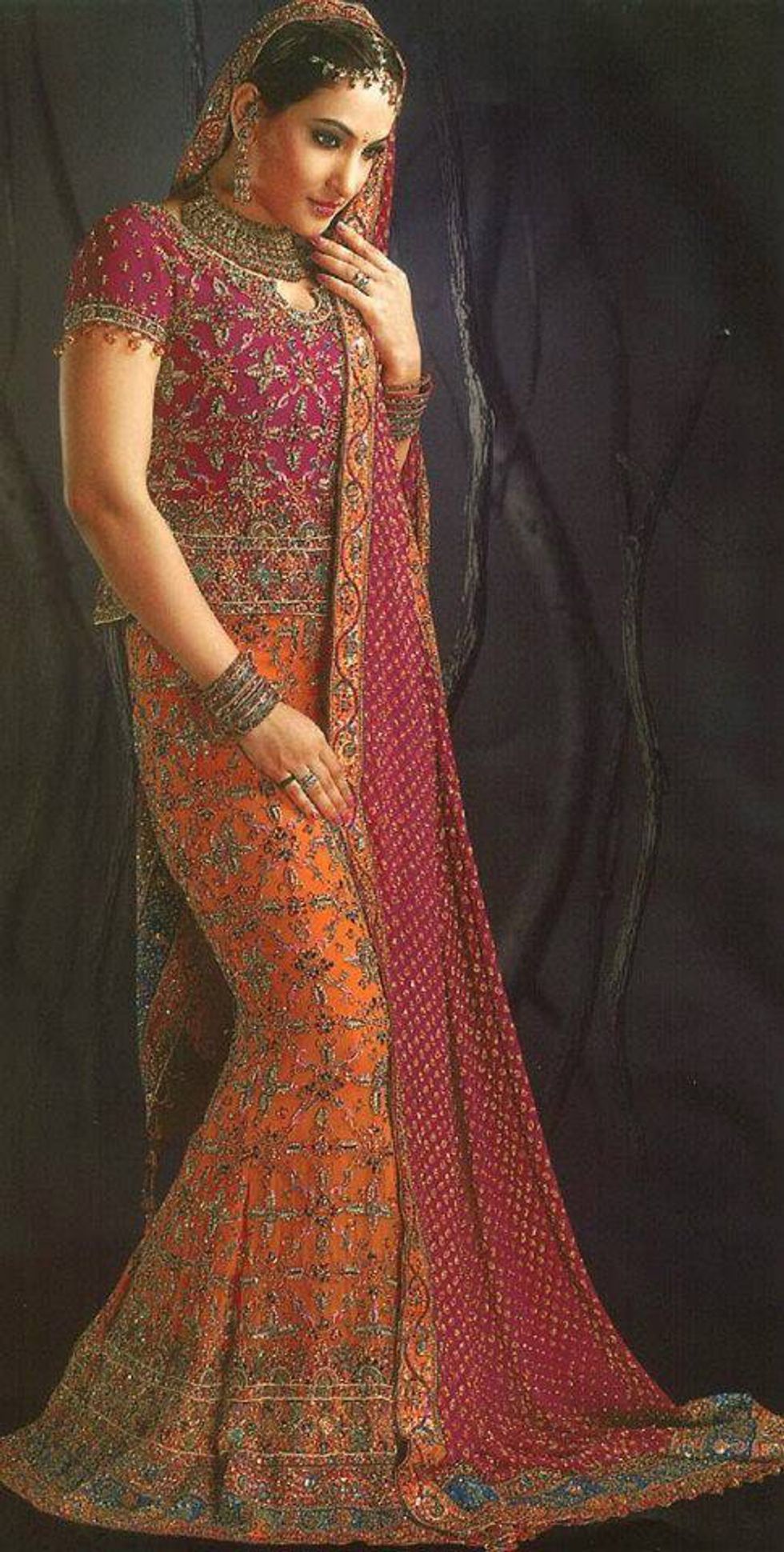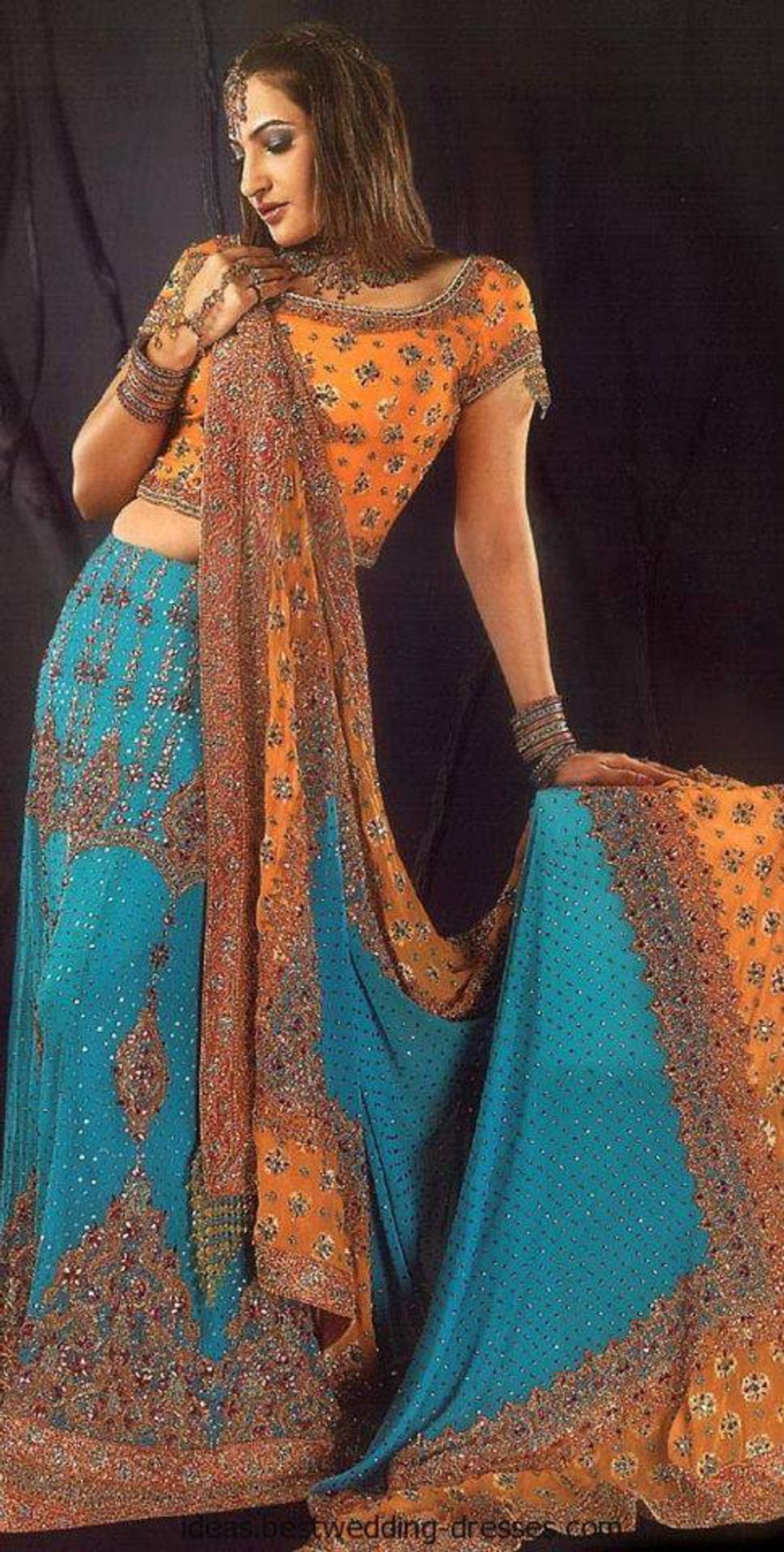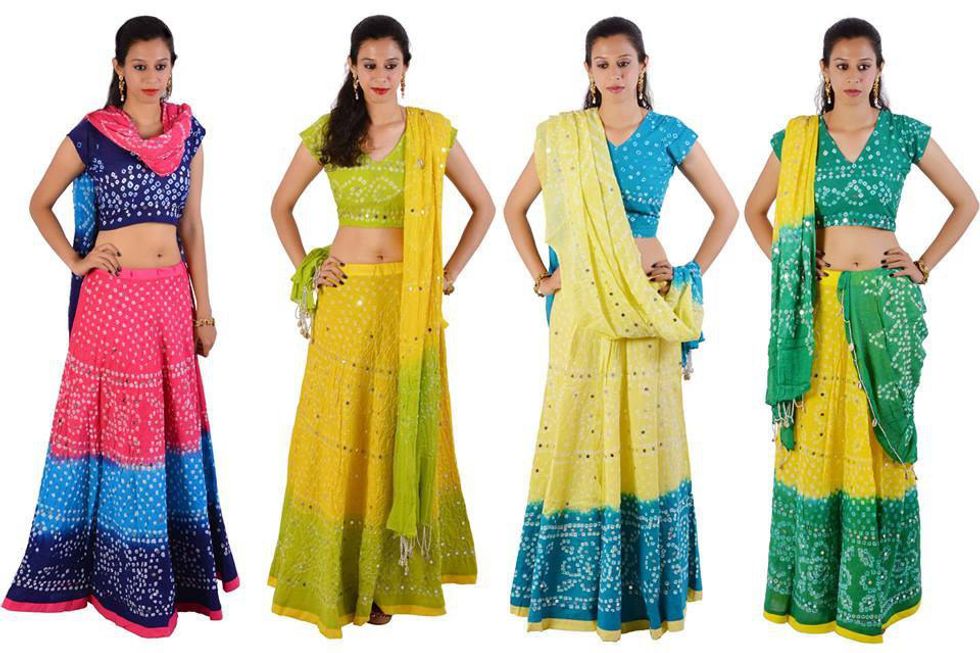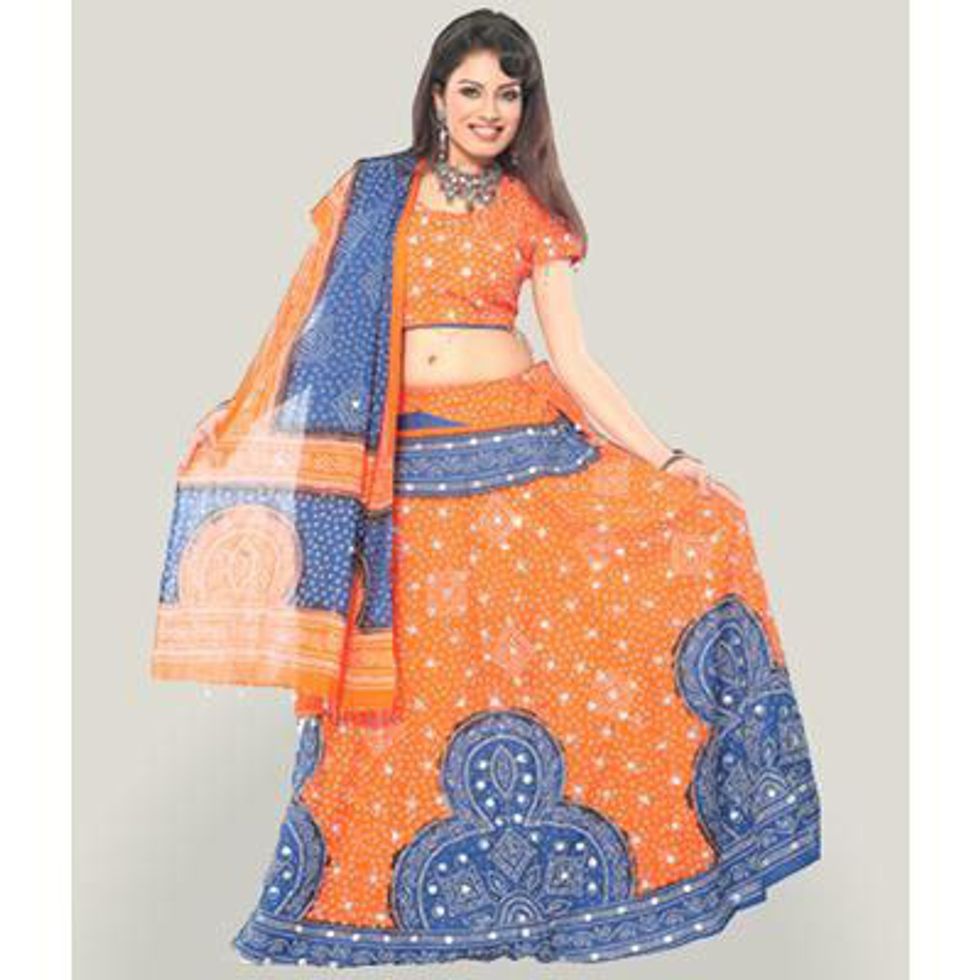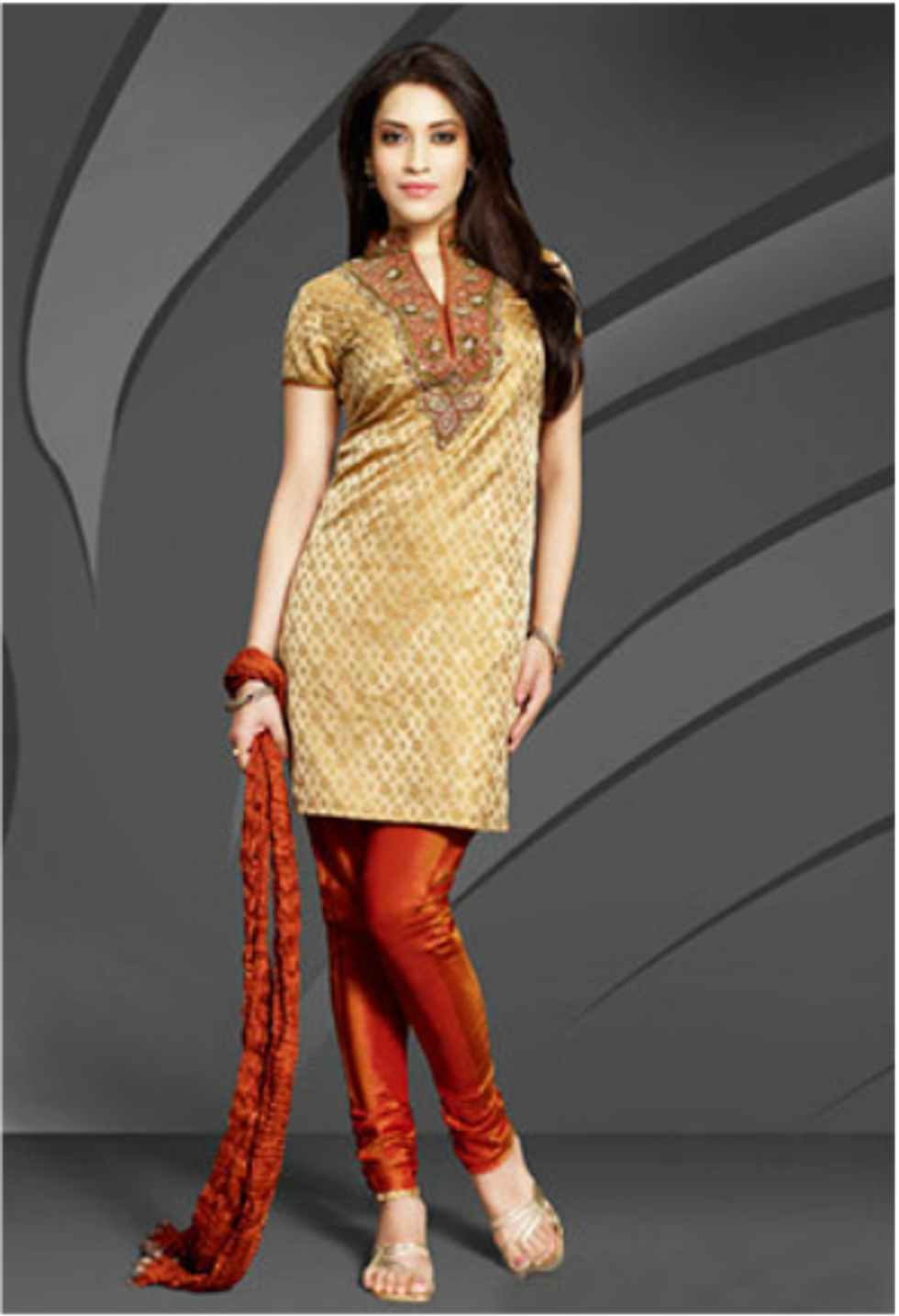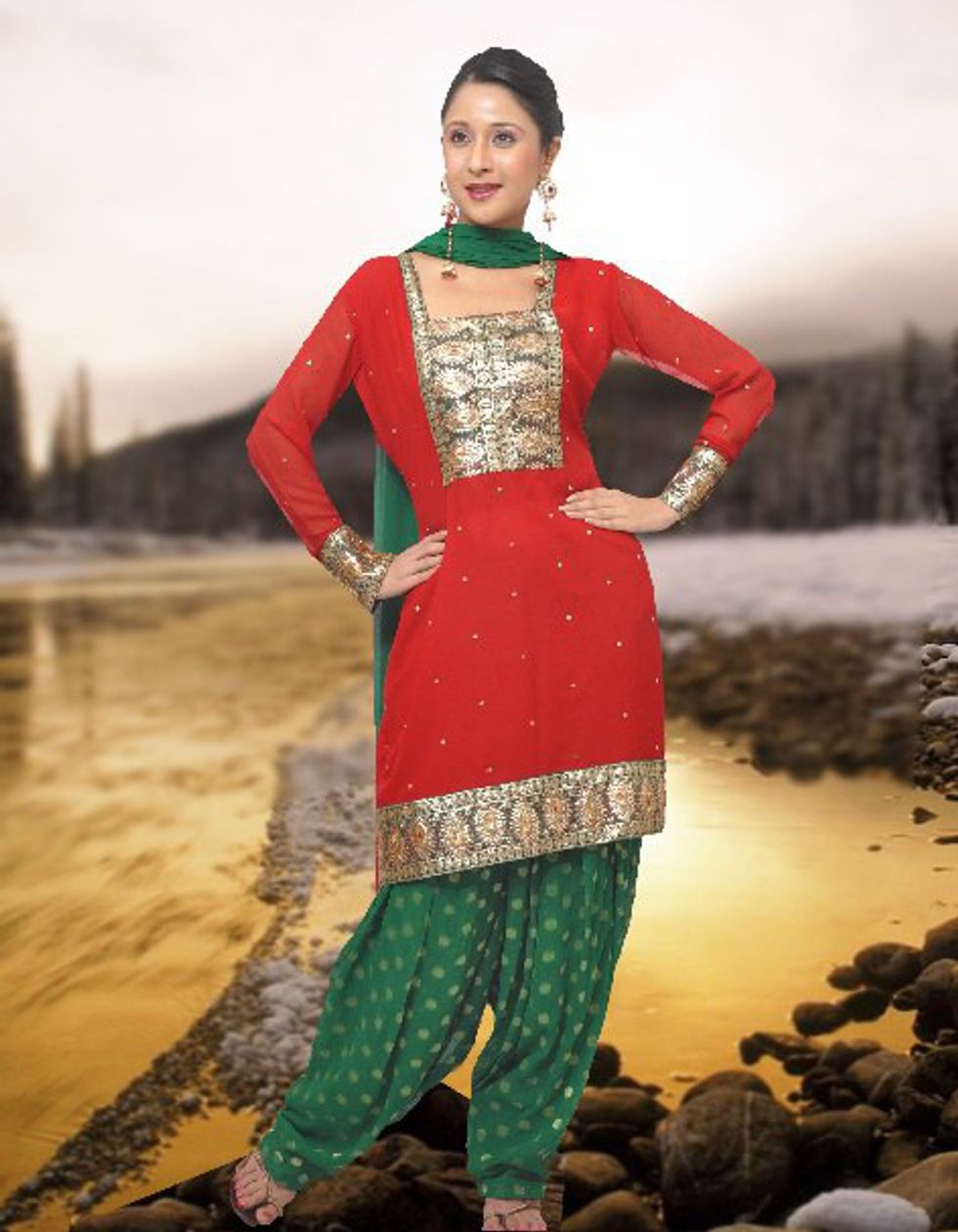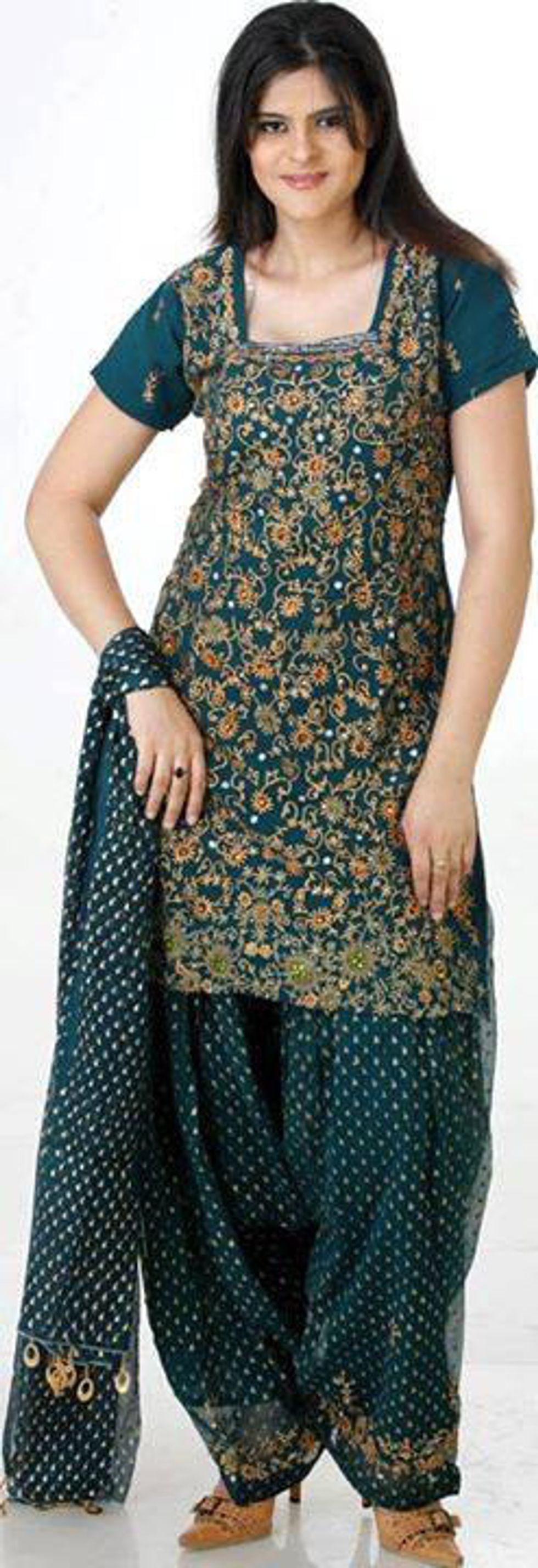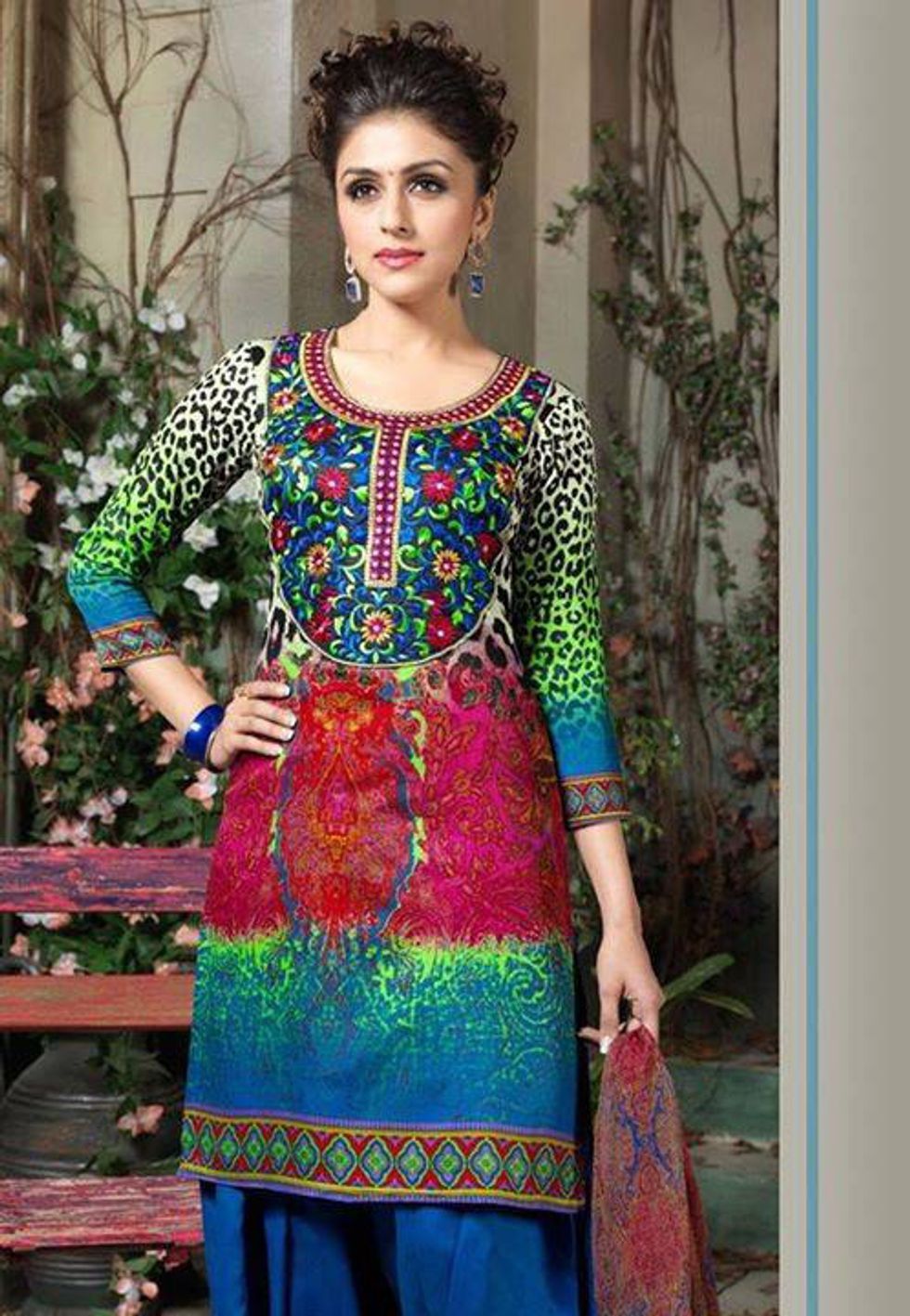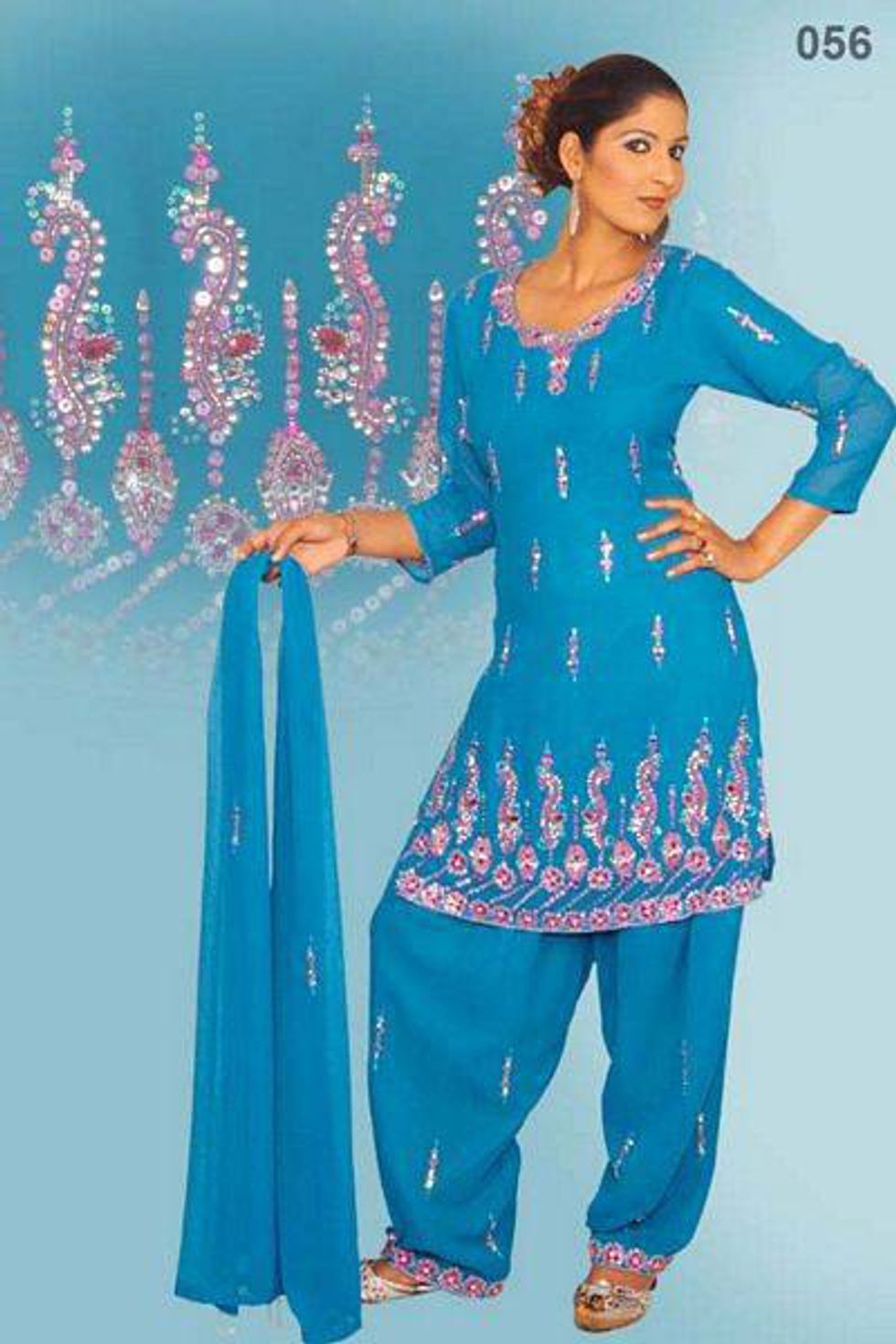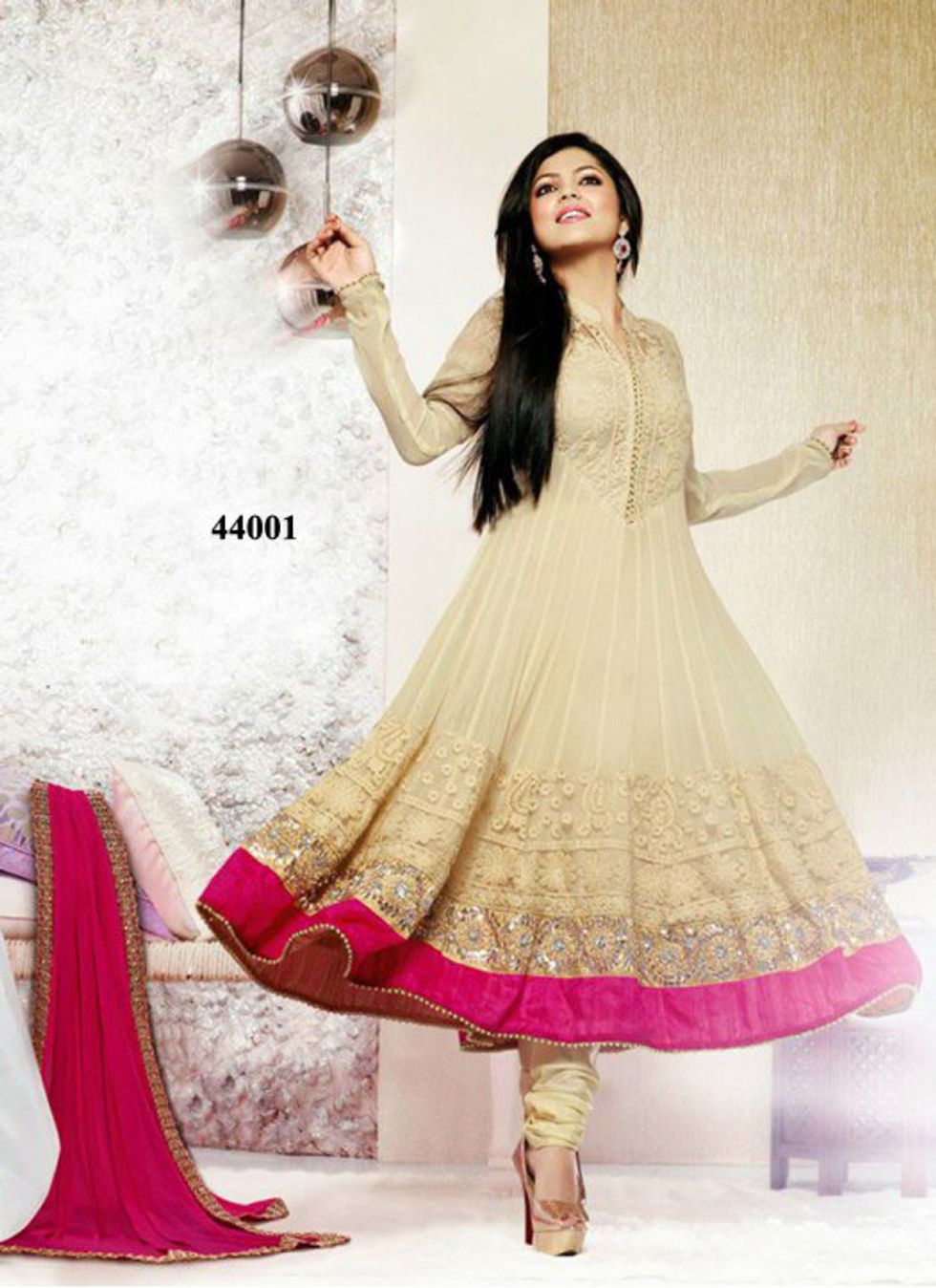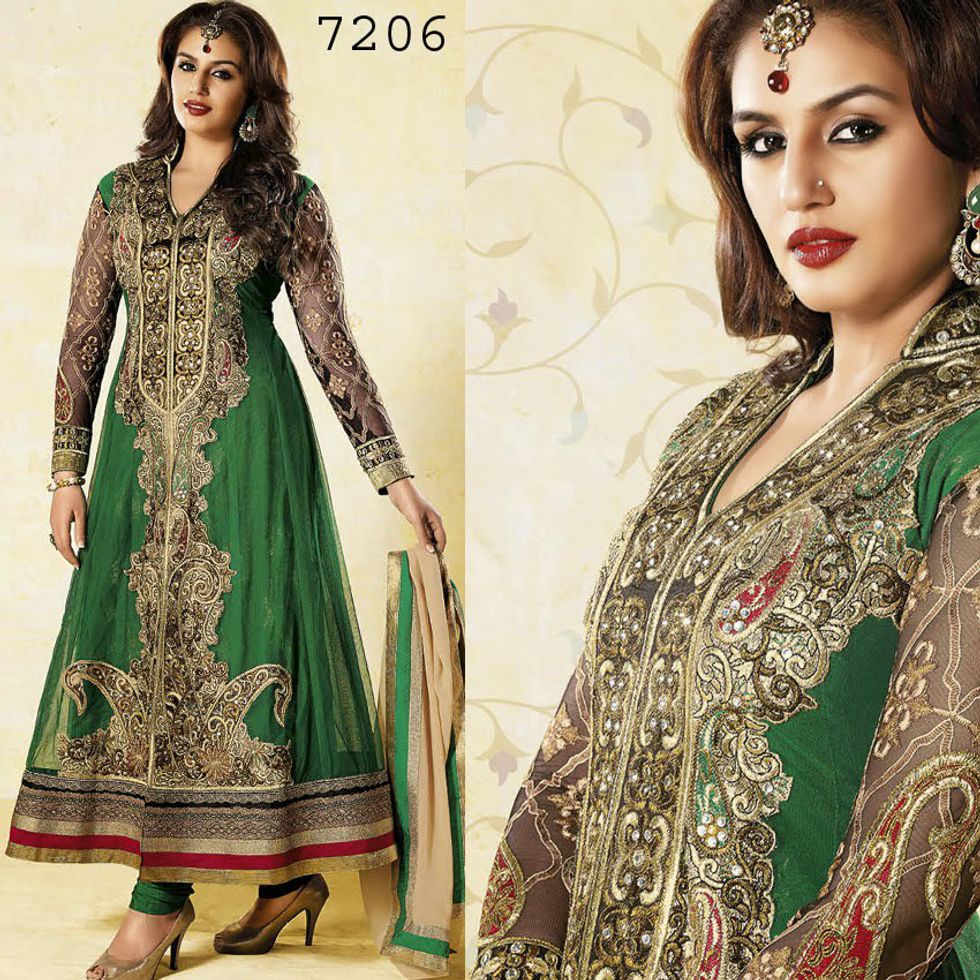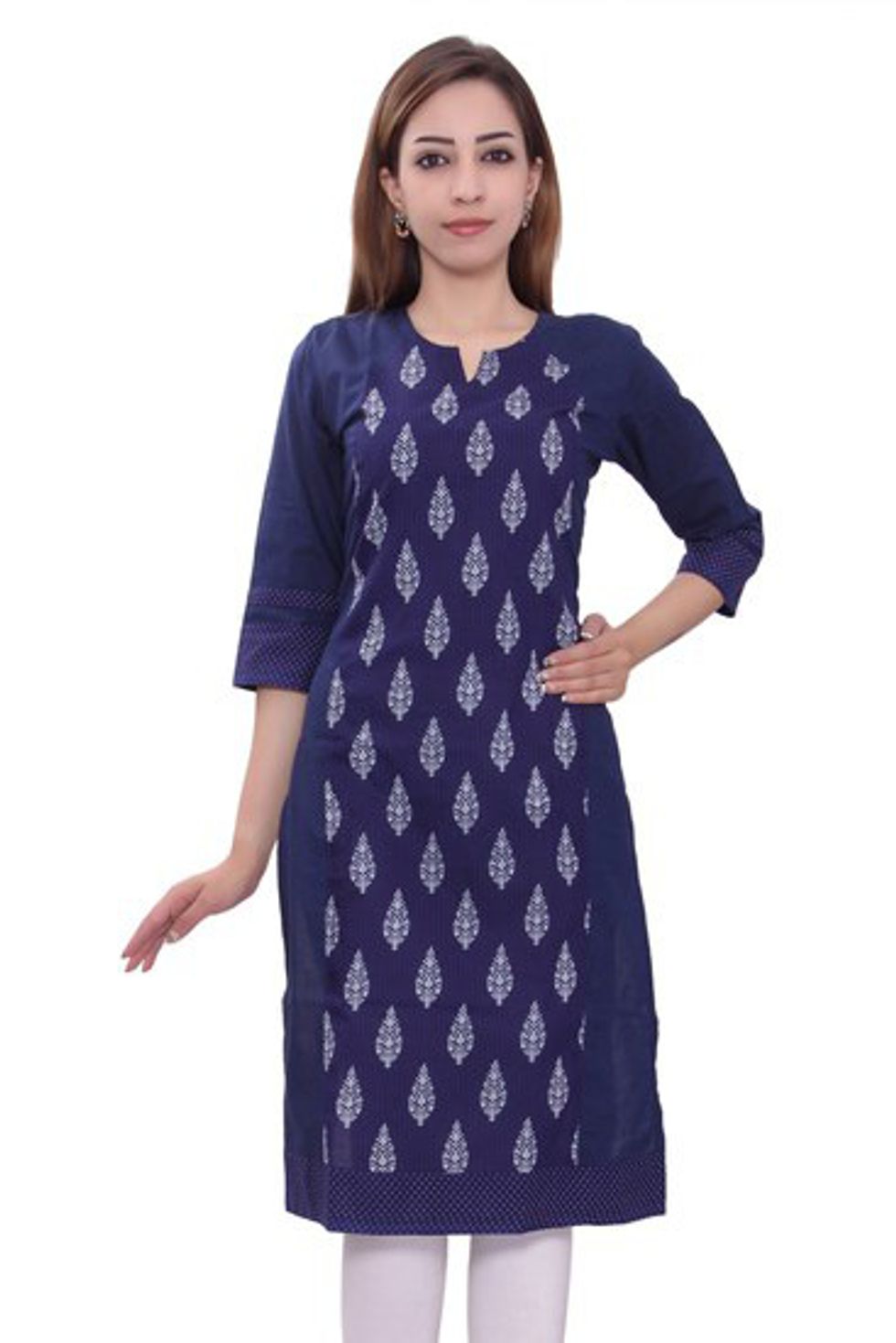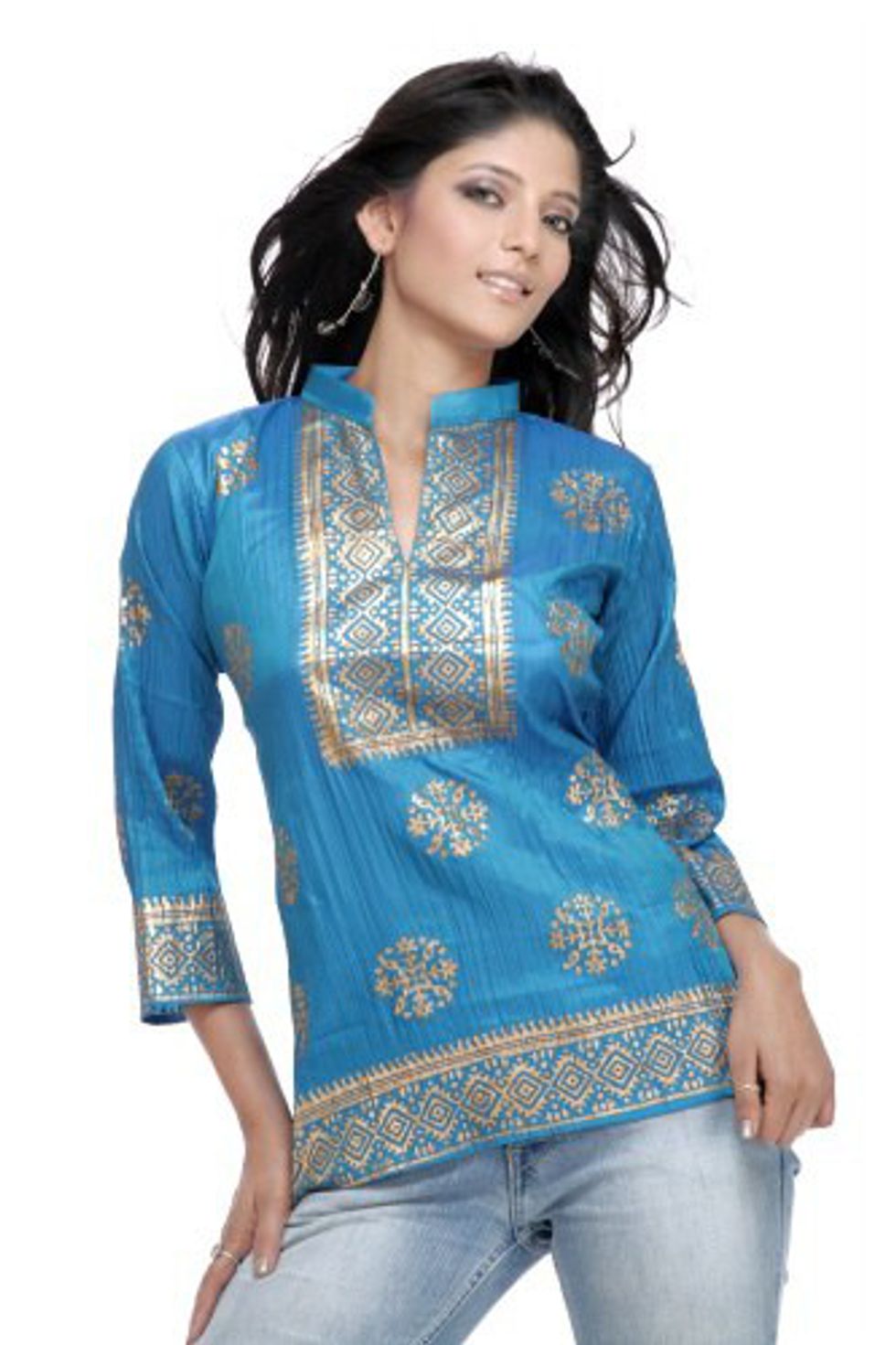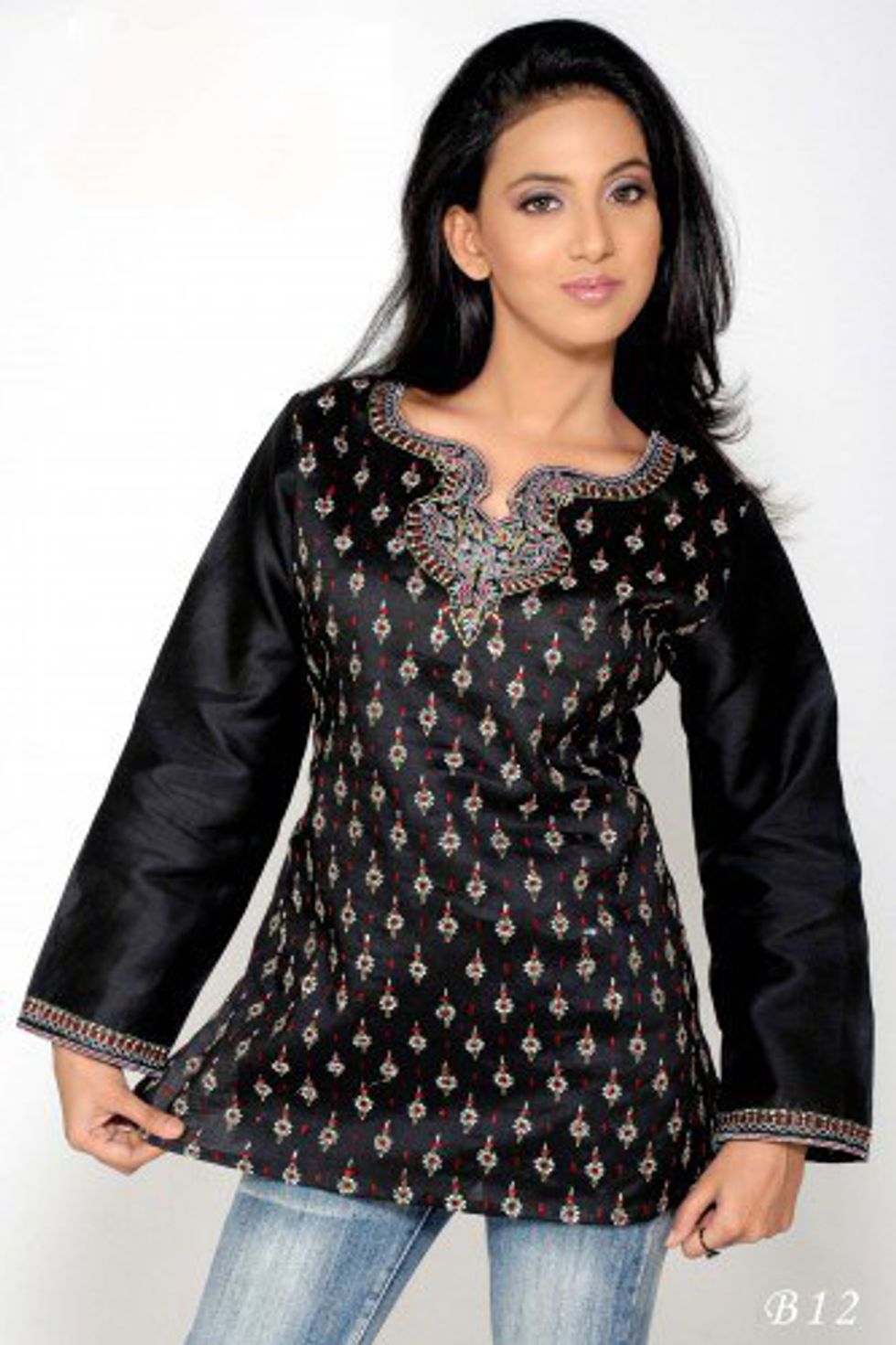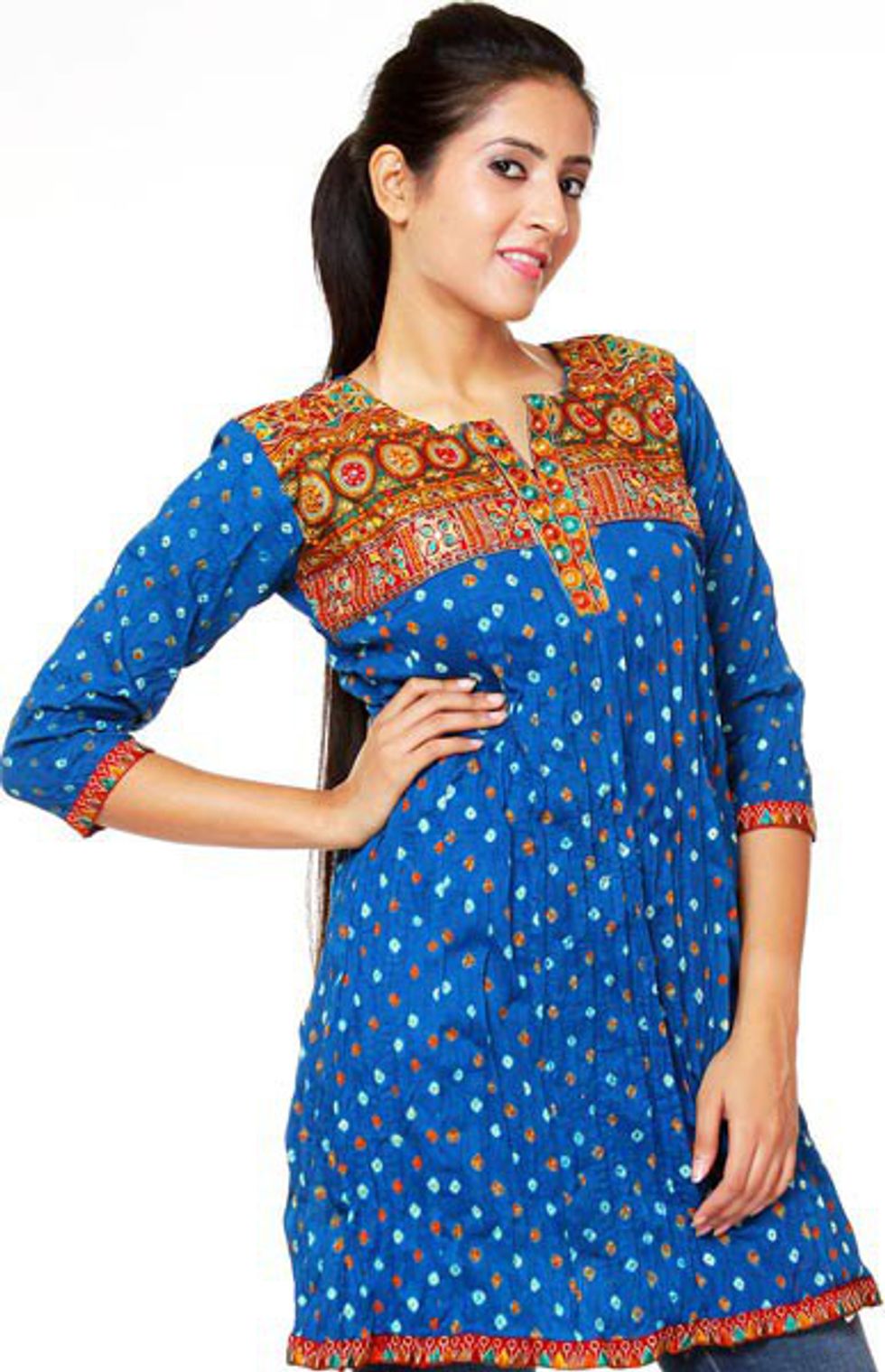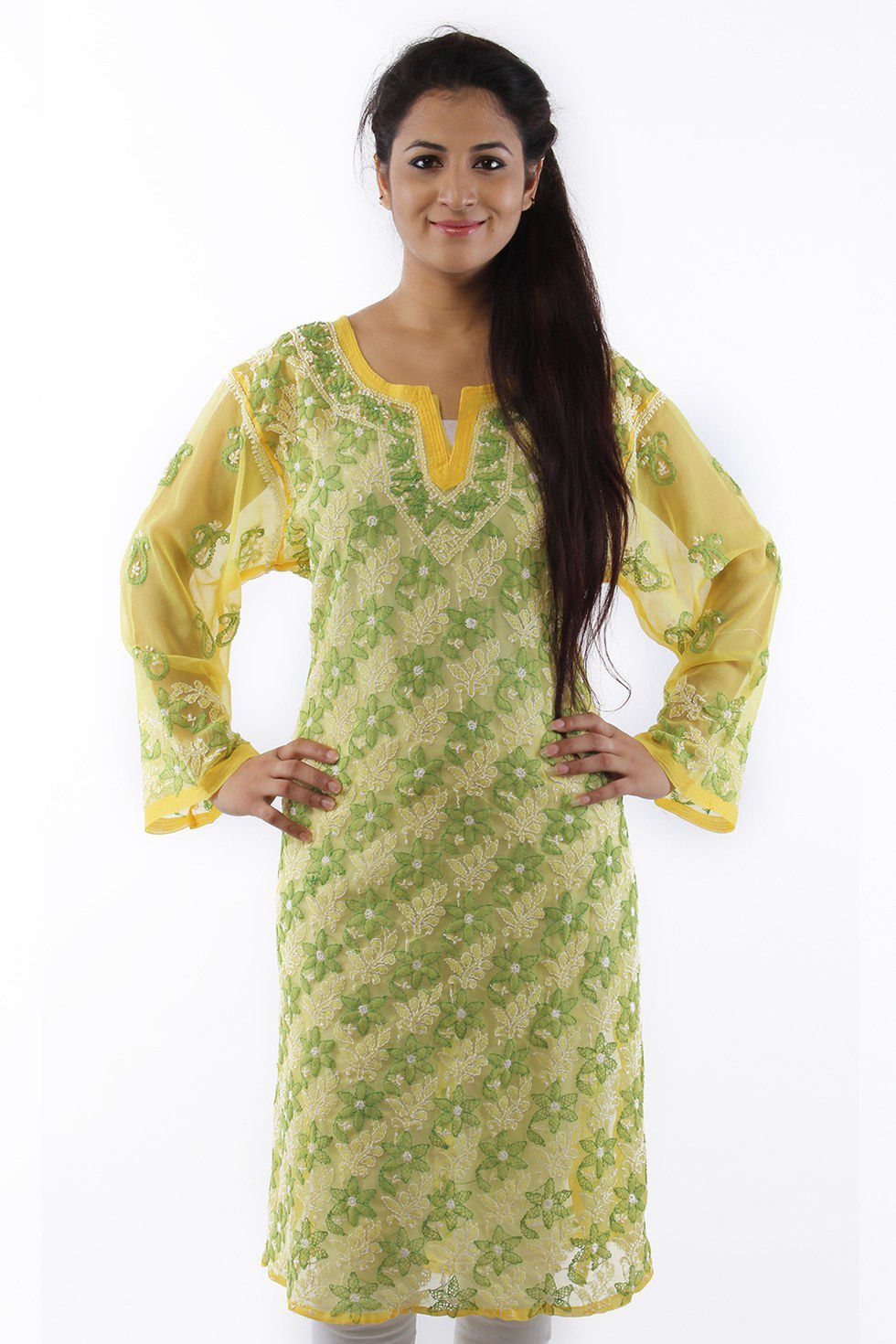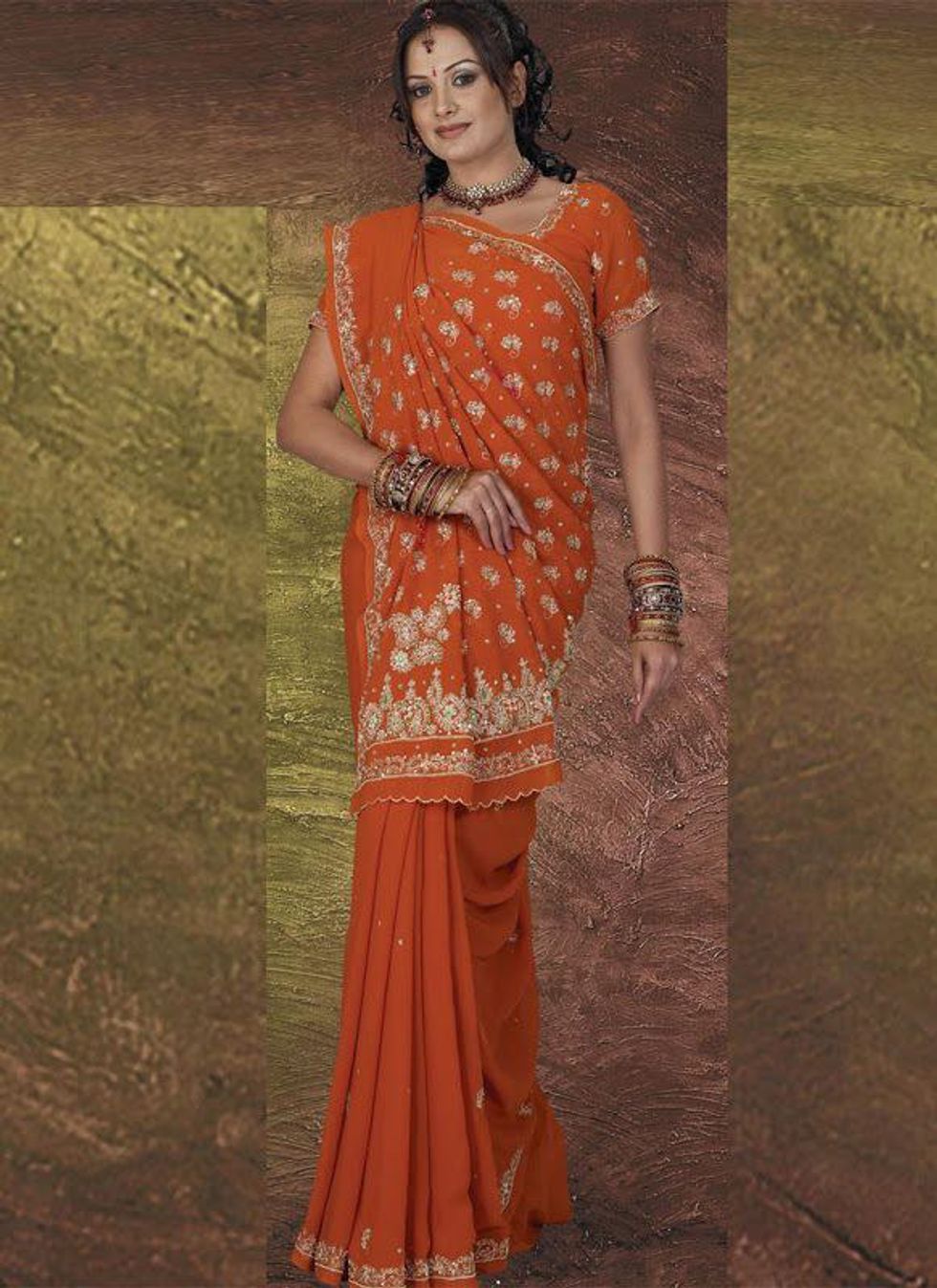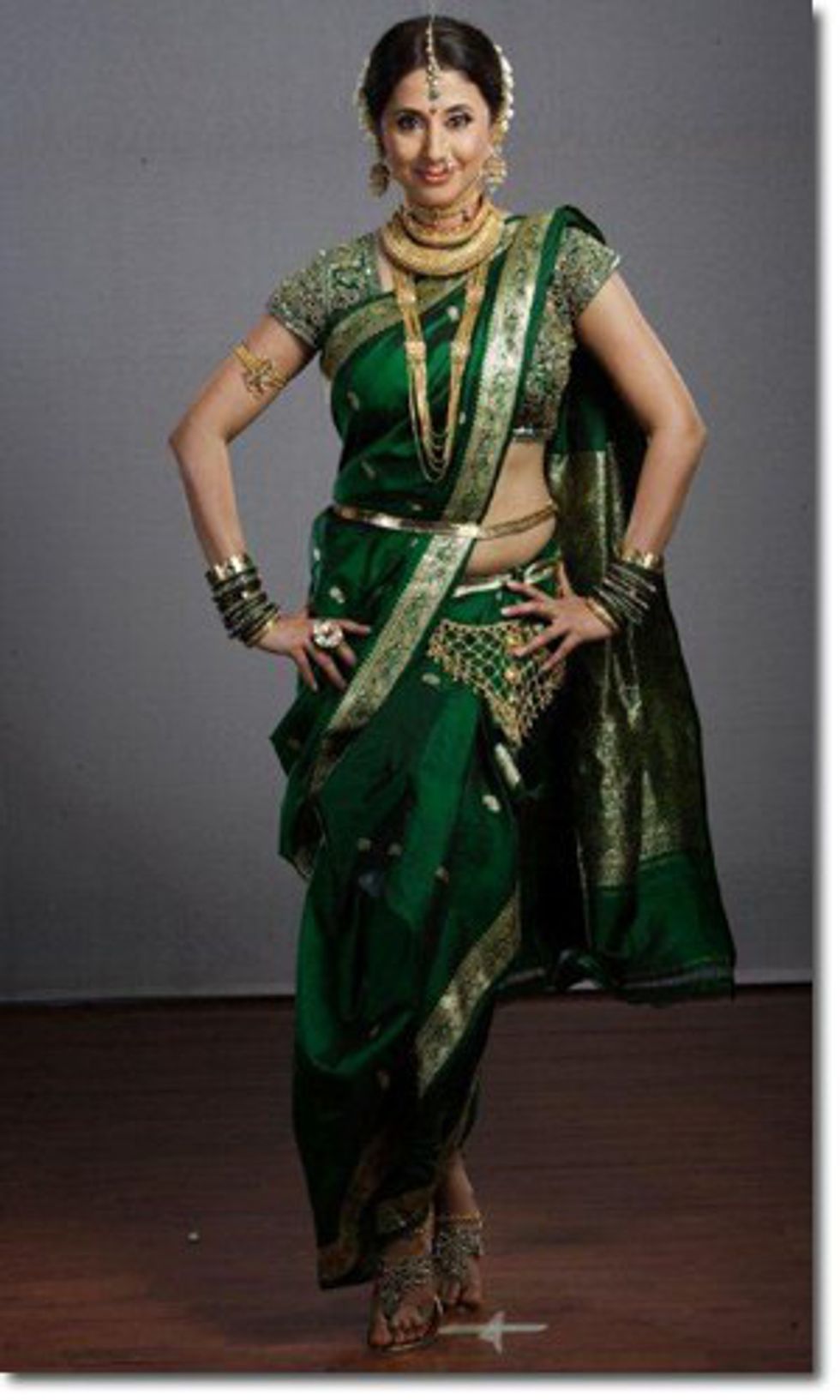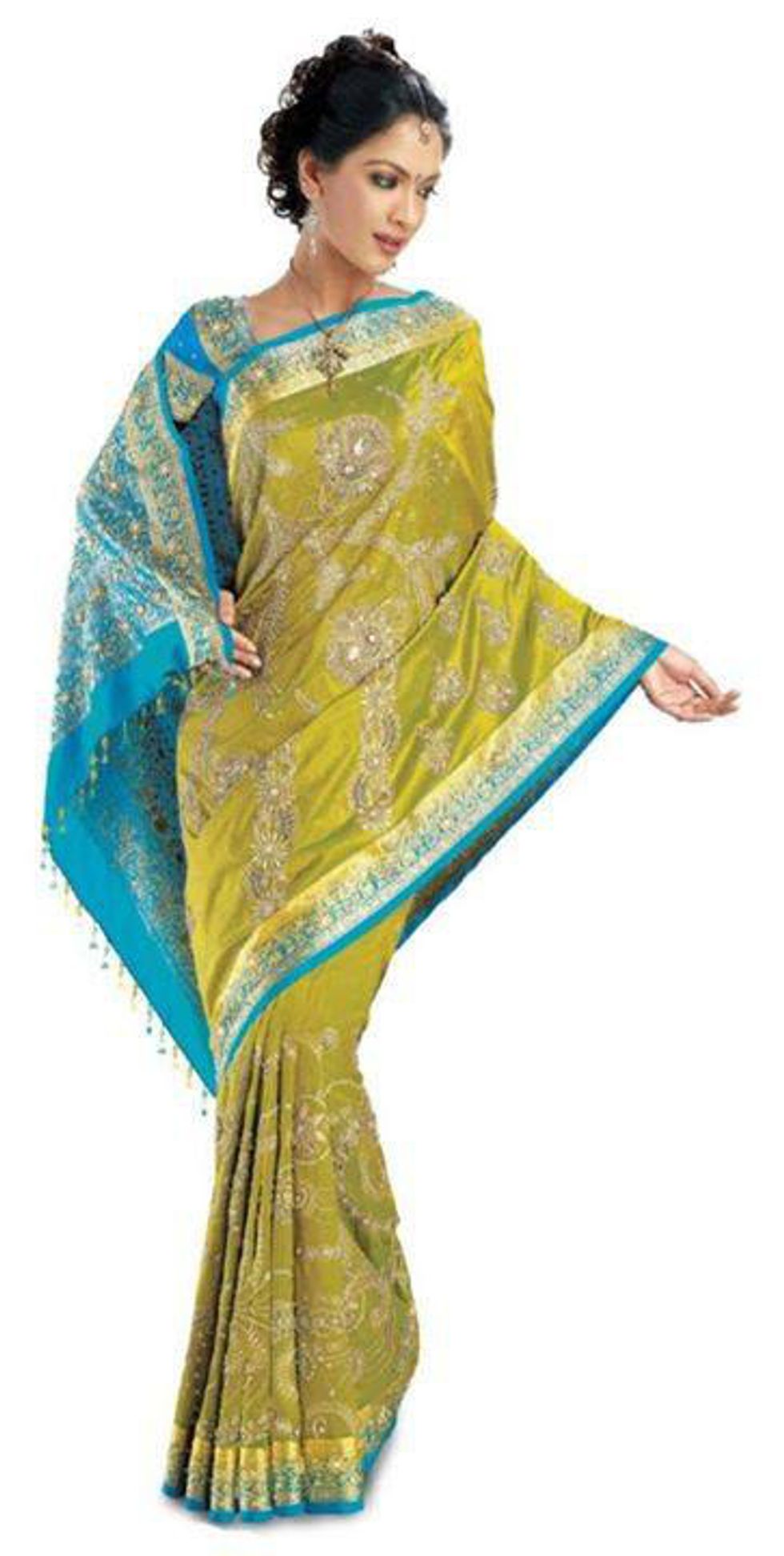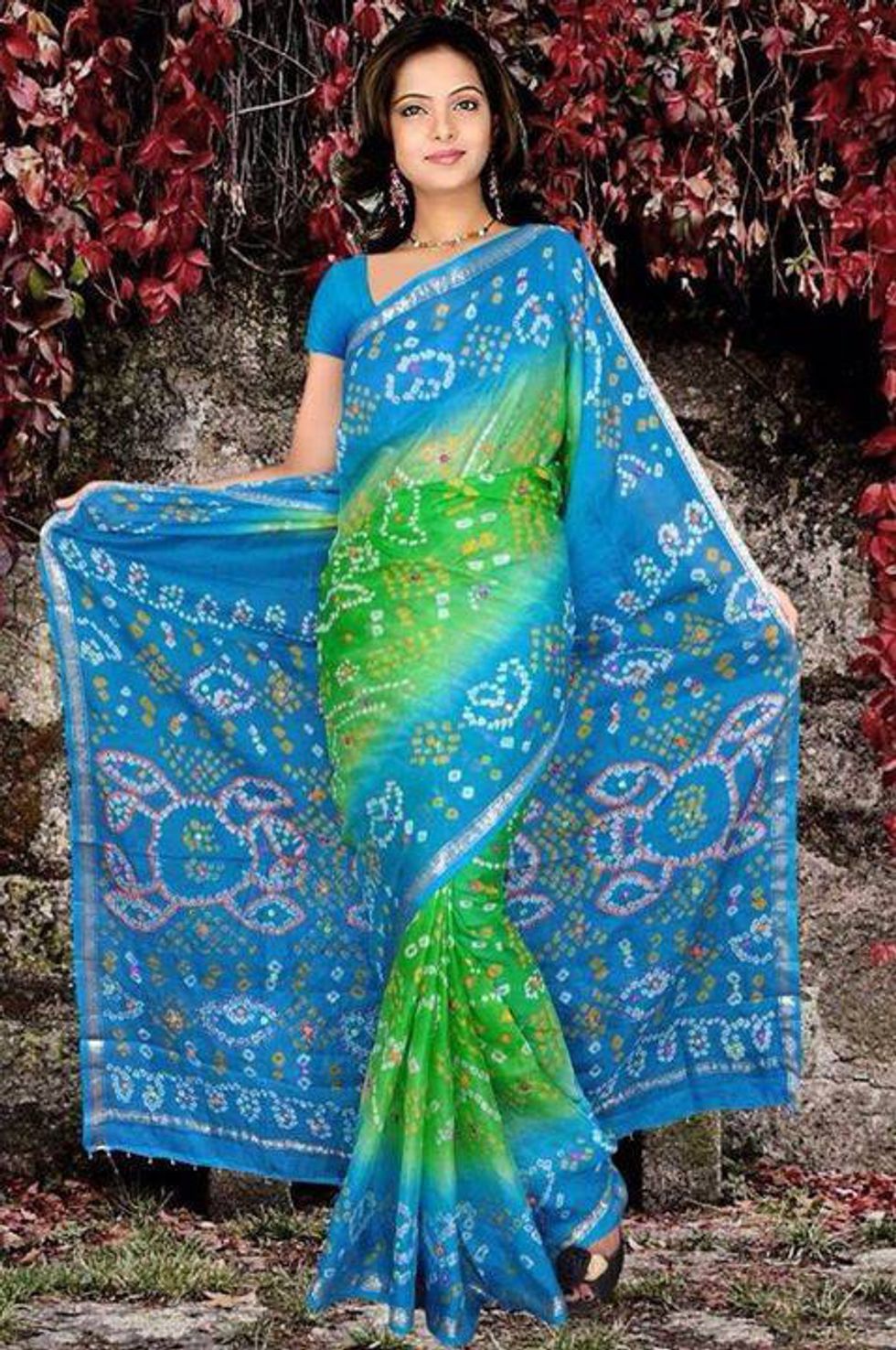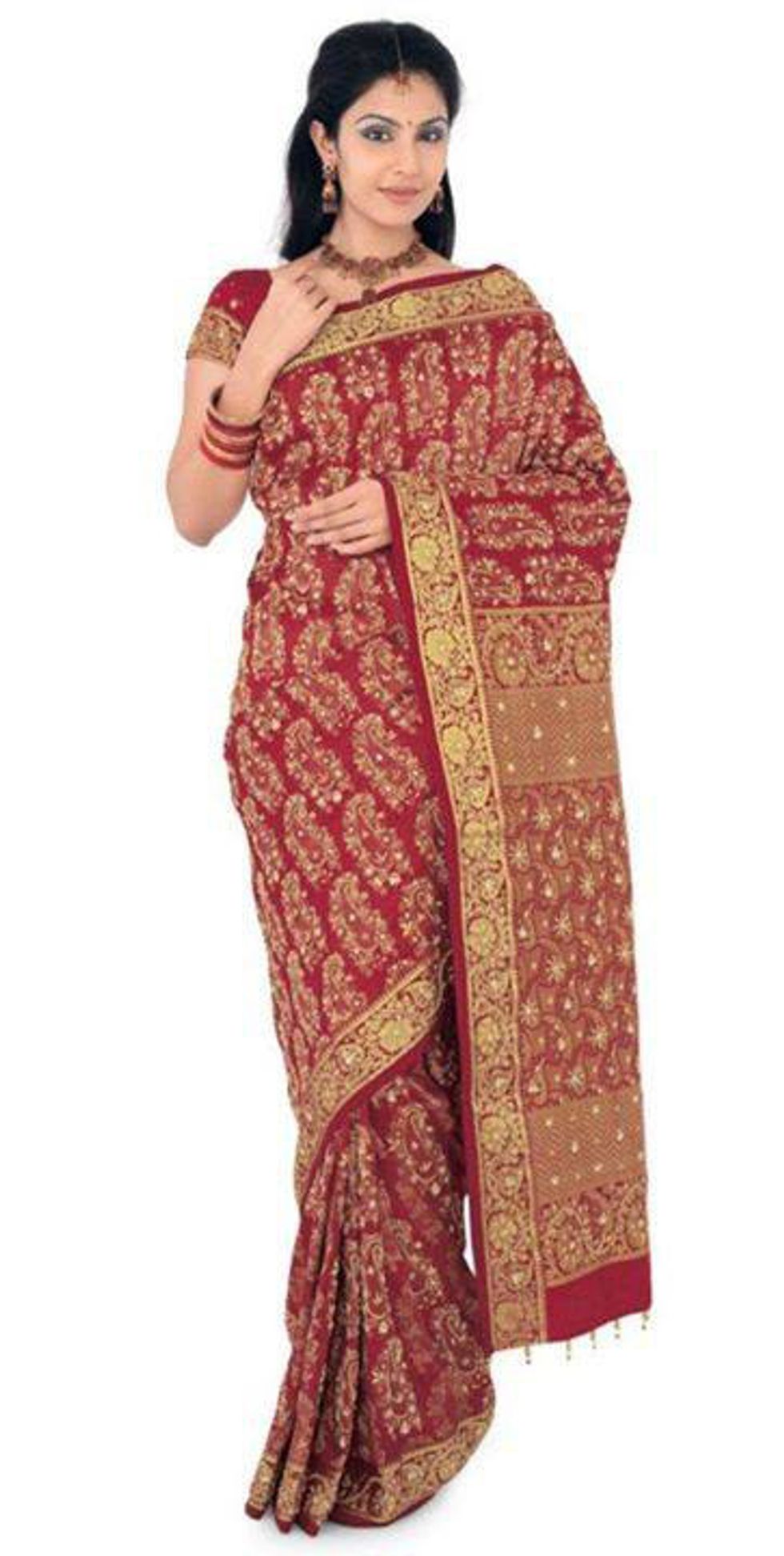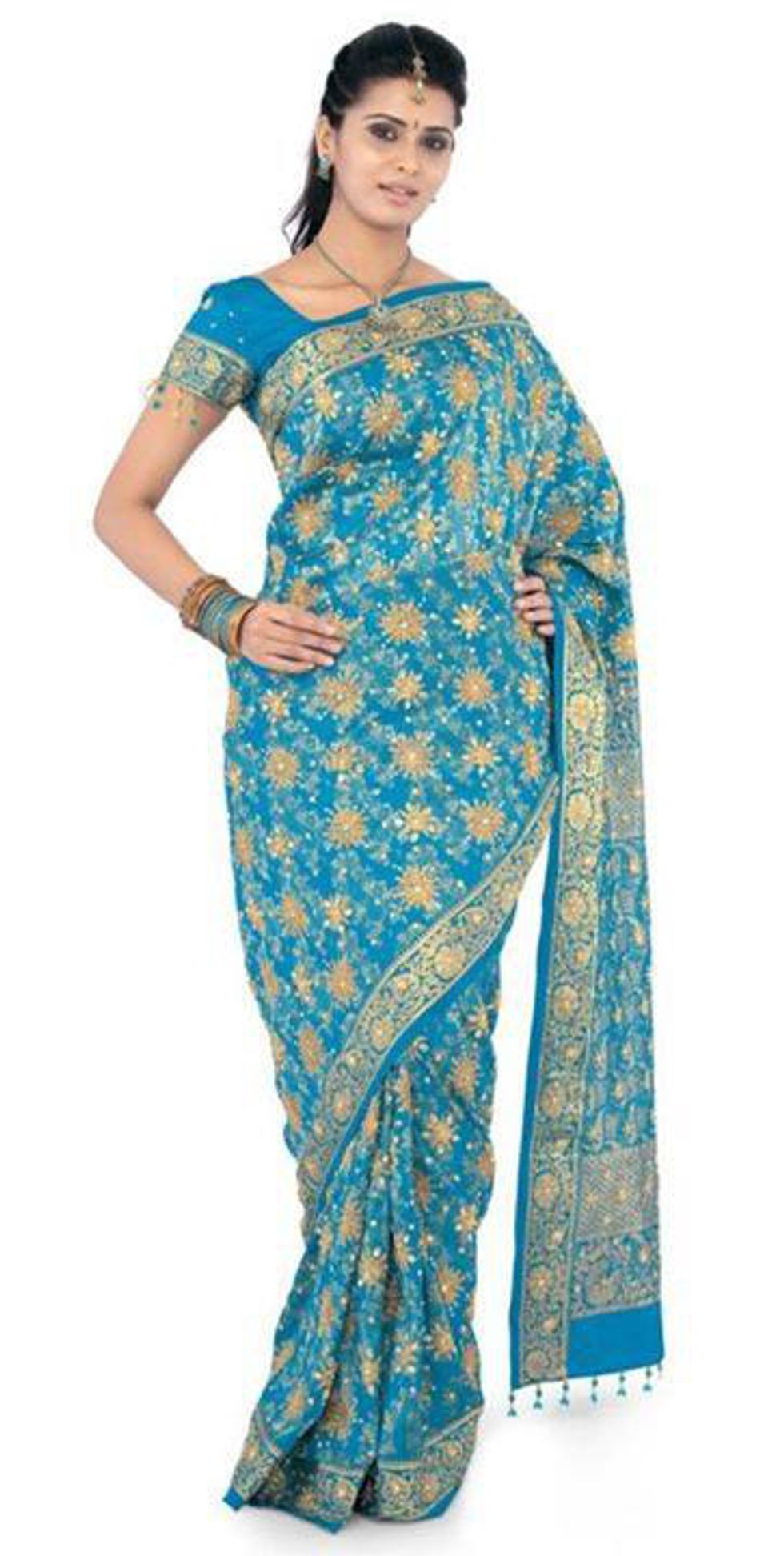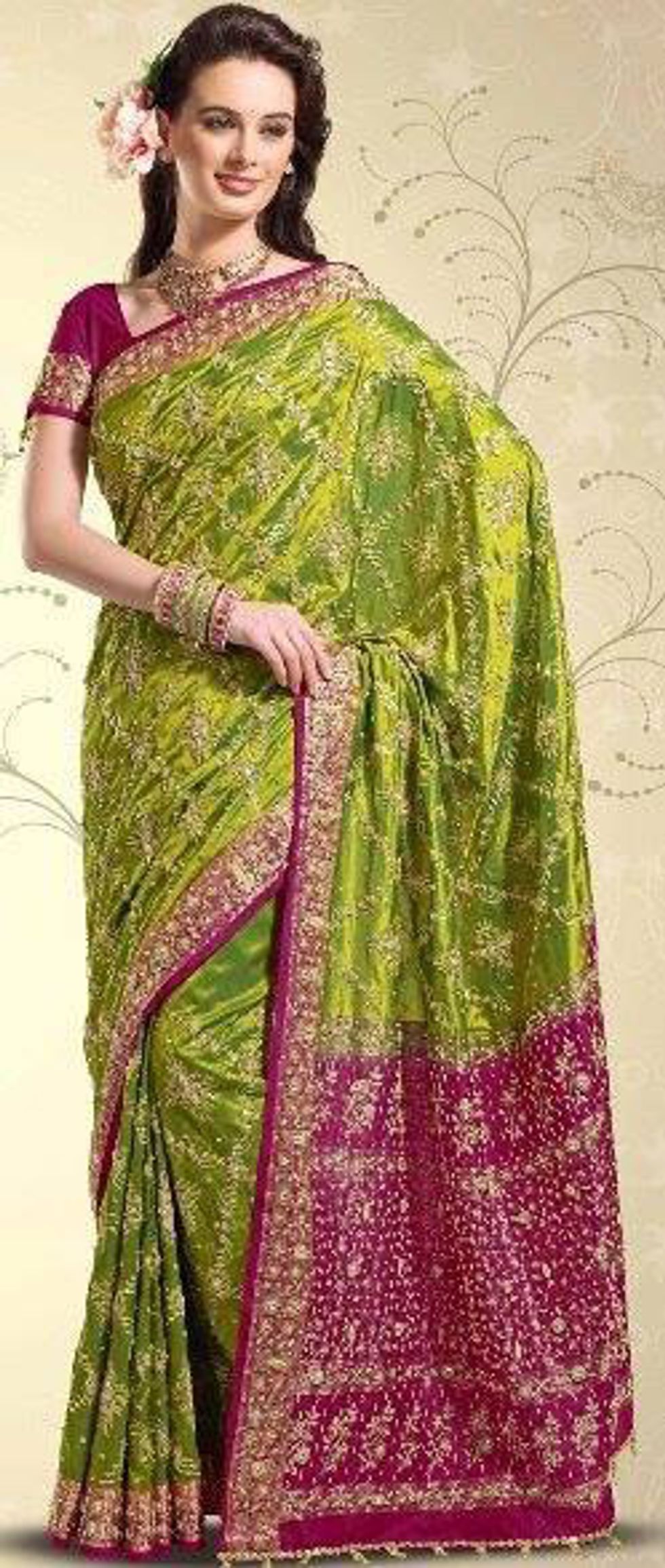Fashion in South Asia has evolved over the years, becoming more westernized in many ways. However, no matter what our ethnic dresses and their beauty will always remain significant and prevalent for years to come. Most of these dresses originated from North India (since they are what I am most familiar with) but there are other beautiful dresses native to South India, Kashmir, Sri Lanka, and more. Fabrics such as silk, cotton, and many other native cloths are extremely popular. So let's have a look at some of the most beautiful dresses in the Indian subcontinent!
Gharara
Recommended for you
Ghararas consist of a mid-length shirt, a dupatta (veil), and wide legged pants which are ruched at or right below the knee so that they have a noticeable flare. The gharara originated in the Awadh region of the Indian state of Uttar Pradesh and during the era of the Nawabs it was everyday wear for Muslim women. I have always loved the way ghararas look because of their dignified and beautiful appearance, but for some reason I have always had such a hard time walking in them...I constantly trip. Practice makes perfect, I suppose!
Lehenga Choli/Ghagra Choli
Lehenga Choli:
Ghagra Choli:
There are a varying opinions about the lehenga choli and the ghagra choli in the sense that many will tell you that they are the same thing except with different names, the ghagra choli being the name for a lehenga in the Indian states of Rajasthan and Gujrat. Others, however, assert that there is a subtle difference in between the two, the lehenga being a supposedly modernized version of the ghagra choli. Both dresses consist of a short shirt (choli), a skirt (lehenga), and a dupatta. The ghagra choli is considered to be more flowy and loosely fitted to be more comfortable for everyday wear, especially in villages in Gujrat and Rajasthan. The lehenga, on the other hand, is considered by some to be a contemporary version of it. The skirt of the lehengas are more fitting, worn at the waist to accentuate the shape or figure of the woman. Then again, lehengas have many different styles with regards to the cut of the skirt, such as A-line (where the skirt is very wide and flowy), mermaid cut (where the skirt is flared out at the very bottom), circular cut (which resembles a frock in some ways), straight cut (where the skirt is basically a straight fit), and many many more. So some lehenga styles could be considered a ghagra choli or vice versa. It depends on who you ask. Either way, however, these are truly beautiful and elegant garments. Bridal lehengas often consist of heavy stone and zardosi work, making them extremely elegant. And my favorite types of ghagra choli have to be the ones with the colorful bandhani prints. Lehengas have a unique and majestic beauty to them which I have always found irresistible. After saris, lehengas are for certain my favorite clothes!
Churidar Pajama
Churidars are a type of pant which tighten at the bottom of the ankle forming distinctive ringlets (hence the name churidar, since the ringlets look like bangles). They are usually worn underneath a long or short kurta (tunic) with a dupatta. Despite the tightness around the ankles, churidars are actually very comfortable and flattering. They definitely rank in the top favorites!
Shalwar Kameez
This suit consists of loose trouser-like pants (shalwar) along with a tunic (kameez) which can be either long (to your feet) or short (up to the knees or right above) and a dupatta. It originated mainly in Punjab, Balochistan, Khyper Pakhtunwala, and Afghanistan. Shalwar kameezes are extremely comfortable for everyday wear, especially when the weather is warm. It is light and breezy, which is why I basically live in them! My favorite material for casual shalwar kameezes would have to be lawn and cotton because they are very light and are excellent for hot summers. Shalwar kameezes have always been my number one choice for causal wear, and I can't get enough of them!
Anarkali
The Anarkali has a long top which looks like a frock with pants which are usually churidars. The name is coined from the legend of the well-known courtesan Anarkali, who was involved in a relationship with the Crown Prince Salim. Anarkalis are another favorite for any festive occasion. They have never appealed to me greatly but they have a great elegance to them which reminds us of a very sophisticated era.
Kurta/Kurti
Very well-suited for the modern South Asian, a kurta is simply a an ethnic tunic that can be worn over any type of pant, especially jeans. They are often loose and comfortable and excellent for casual wear. There are different types of kurtas from different regions of the Indian subcontinent. For example, the city of Lucknow (where my mother’s family is from) is known for a particular type of delicate hand embroidery known as chikan embroidery. It is a very sought-after type of cloth, and on kurtis and saris in particular it is very well done. The possibilities for designs on kurtas are endless, many particular to each region. Bandhani print kurtas are native to Gujrat and Rajasthan, while other regions have their own unique prints and designs. For those who want a modern twist to their ethnic wear, a kurta is an absolute must!
By far my favorite garment, the sari consists of a drape ranging from five to nine yards of cloth in length with a width of two to four feet. There are countless ways of draping it, many of which can vary depending on the region of the Indian subcontinent (or modern-day India) you are in. The most common and mainstream style is called the Nivi style, which originated in the Indian state of Andhera Pradesh. It consists of making a series of pleats and then wrapping it around the front (the pallu). Saris are considered to be the national dress in India, and even in Pakistan to a certain extent since many women who migrated to Pakistan from India during the partition of 1947 were accustomed to wearing saris more than the shalwar kameez, which is considered to be the national dress of Pakistan today. Plus, the younger generation is now taking a renewed interest in saris. Saris are incredibly elegant and graceful, flattering all body-types. And the best part is that they are one size fits all--all that has to fit is the blouse, most of which are interchangeable. Each region in the Indian subcontinent have their own unique types of saris, whether it is for their pattern or their fabric. The Indian state of Madhya Pradesh is known for the chanderi sari, while Rajasthan and Gujrat are known for their Bandhani saris. But I must say that my absolute favorite is the Banarsi sari from the North Indian state of Varanasi. They are known for their stunning embroidery and zari work, along with their rich colors. They are some of the most sought after saris in the Indian subcontinent. In many ways, wearing a sari is a right of passage for most young girls. It is a sign of transition into adulthood and maturity. Wrapping a sari takes a lot of skill, not doubt, but with practice it can be easily done and they are actually quite comfortable. For me saris have always had a special sentimental value.My grandmother wore them everyday and for my mother they are also usually her first choice. Saris have an royally graceful and classic look which has always appealed to me, so when it comes to cultural dresses, the sari will always reign supreme in my book!
Culture is an important thing to maintain, and our different beautiful clothes are an integral part of it, so we must make sure we continue to wear and appreciate them! These are some of my favorite dresses from our lovely Indian subcontinent. Needless to say there are many I didn't touch upon, especially those from other regions because I am unfamiliar with them. Comment below to let me know what your favorites are and about the ones I've missed!


